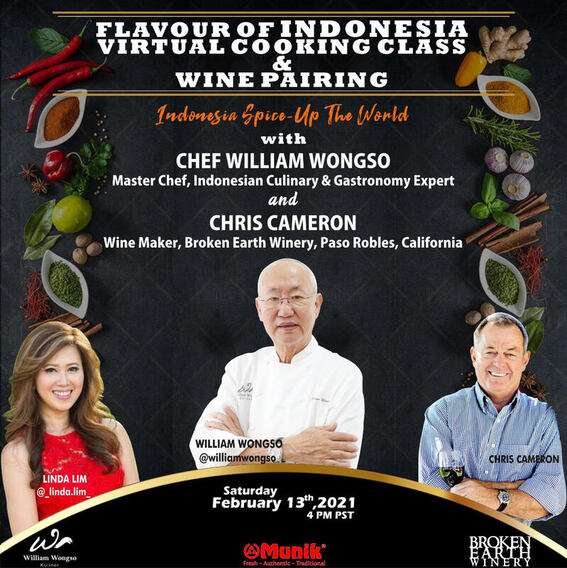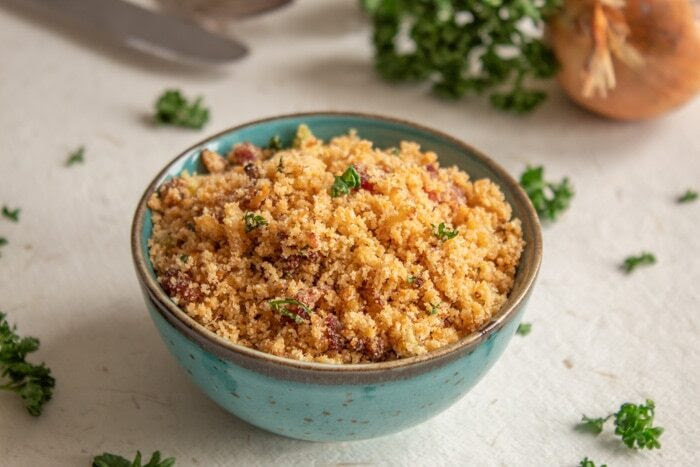 Excerpt from Eat Smart in Brazil, by Joan Peterson The coastal Tupi Indians were the first aboriginal people to interact with the Portuguese when they arrived in the New World in the early 1500s. They taught the early colonists how to adapt to their new environment, how to use the many unusual foods growing there, and how to cultivate these crops since the humid, tropical environment of the northeast was unsuitable for wheat and several other crops the Portuguese colonists depended on. Out of necessity, the Portuguese were forced to develop many new eating habits based on indigenous foods. They quickly learned from the native Brazilians how to make manioc meal, their main food staple, which derived from the manioc tuber, a carbohydrate-rich food that is easy to propagate but difficult to process, at least for the bitter variety, which is poisonous when raw. It is astonishing that the Indians determined that these tubers were edible at all. To detoxify manioc, the tubers had to be peeled and grated and the pulp put into long, supple cylinders—called tipitis—made of woven plant fibers (see illustration below). Each tube was then hung with a heavy weight at the bottom, which compressed the pulp and expressed the poisonous juice. The pulp could then be removed, washed and roasted, rendering it safe to eat. The product was a coarse meal or flour known as farinha de mandioca, which is as basic to the diet of Brazilians today as it was to the early Indians. Starch settling out from the extracted juice was heated on a flat surface, causing individual starch grains to pop open and clump together into small, round granules called tapioca. The extracted juice, boiled down to remove the poison, was used as the basis of the sauce known as tucupí. In the northern region of modern Brazil, several noted and delicious dishes incorporate this traditional sauce. The Indians also introduced the Portuguese to the non-poisonous tubers of sweet manioc, which are somewhat fibrous but considerably easier to prepare. These tubers are pared, boiled for several hours to soften them, and eaten like potatoes. Farofa de Manteiga
(Side dish of) buttered manioc meal. Serves 4. From Eat Smart in Brazil by Joan Peterson 2-3 T. Vegetable oil 1 small onion, coarsely chopped 1 egg 1 c. manioc meal 2 T. fresh parsley, minced salt and pepper to taste Sauté onion in butter until soft, but not browned. Reduce heat and add egg, stirring until scrambled and well mixed. Gradually add manioc meal until the mixture becomes golden and resembles toasted bread crumbs. Add salt and pepper and stir in parsley.
9 Comments
|
AuthorWe write about food and travel. CategoriesArchives
October 2020
|


 RSS Feed
RSS Feed